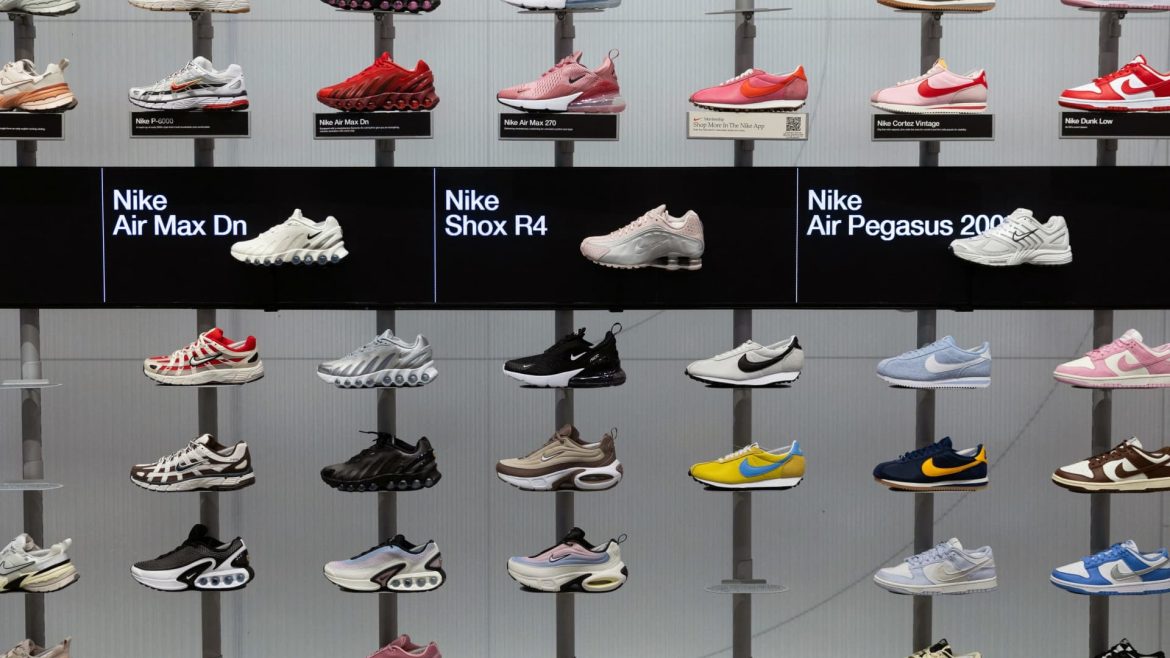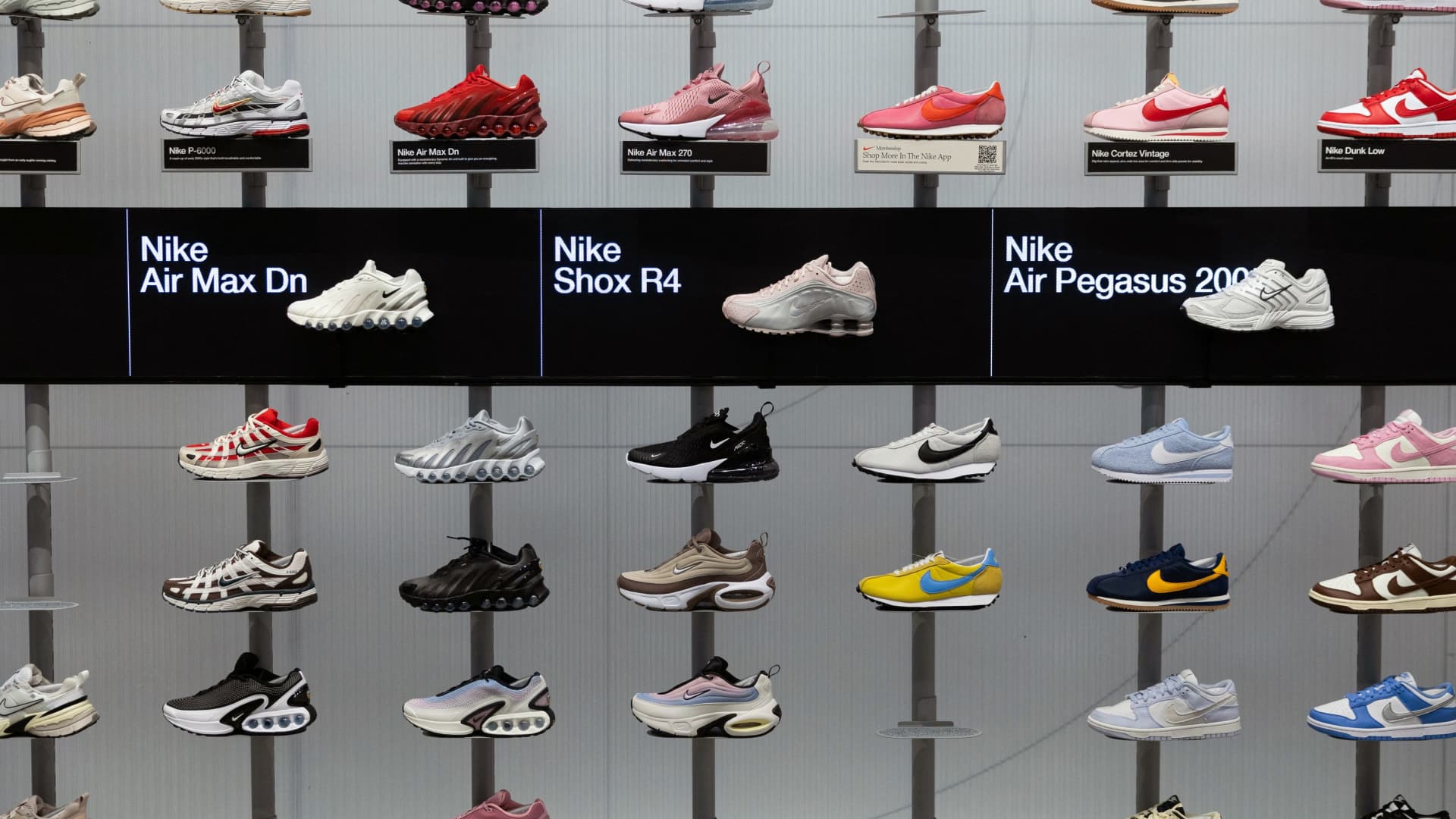Nike’s upcoming price increases across a wide range of products highlight the interplay of global economic forces, supply chain constraints, and corporate strategy in the current retail environment. As the company approaches June 1—a commonly cited effective date—many consumers and industry watchers are keenly observing how Nike plans to navigate rising costs without alienating its customer base.
The Context Behind Nike’s Price Hikes
Nike’s decision to raise prices on select products is directly linked to increased costs imposed by tariffs originating from policy changes during the Trump administration, particularly those affecting imports from countries like Vietnam, which produces about half of Nike’s footwear, as well as Indonesia and China where most of the remainder is manufactured. UBS estimates this could translate to a 10%–12% increase in prices for goods sourced from Vietnam alone.
Additionally, rising prices of raw materials such as cotton and oil, along with escalating transportation and logistics costs, contribute significantly to the company’s pressured profit margins. This environment compels Nike to adjust retail prices strategically to maintain profitability.
Scope and Scale of the Price Adjustments
Starting June 1, and potentially visible on sales floors as early as this week, Nike’s price increases will target footwear, apparel, and equipment predominantly for adult consumers. Price increments are not uniform across all items:
– Footwear priced between $100 and $150 are expected to see increases up to $5.
– Higher-end footwear, exceeding $150, may rise by as much as $10.
– Apparel and equipment generally will experience hikes ranging from $2 to $10.
Notably, certain segments will be exempt from these hikes, including:
– The Jordan brand apparel and accessories
– Nike Kids products
– Specific sneaker lines such as Air Force 1
This targeted approach suggests Nike’s intent to balance maintaining competitive pricing for highly popular or sensitive product lines while offsetting costs elsewhere.
Strategic Pricing Considerations
Nike operates with a nuanced pricing strategy that balances premium brand positioning with mass-market accessibility. Their historically strong pricing power is now tested amid increased competition and consumer price sensitivity. Retailers have reportedly been offering significant discounts on Nike sneakers in 2024, indicating a challenging marketplace.
The decision to selectively raise prices, sparing kids’ products and some staple lines, reflects an attempt to preserve brand loyalty among key segments and avoid broad negative consumer backlash. This calibrated approach also aligns with Nike’s transition towards a more direct-to-consumer retail model, which typically yields better margins and greater control over pricing.
Broader Industry and Economic Implications
Nike’s price increases are a microcosm of larger industrial adjustments to tariff policies and global supply chain disruptions. While tariffs aim to encourage domestic manufacturing, they often result in increased costs for consumers and squeeze profit margins for multinational companies like Nike.
In anticipation, Nike’s stock experienced volatility, with a notable 14% drop wiping out $14 billion in shareholder value shortly after tariffs were announced, underscoring investor concerns over profitability impacts.
Furthermore, pricing pressures are compounded by inventory management challenges, such as higher discounts to clear old stock and greater reserve allocations for obsolete inventory, which also weigh on gross margins.
Consumer Impact and Market Reception
From a customer perspective, the price increases—ranging from a few dollars to ten dollars per item—may seem incremental but collectively represent a meaningful adjustment, especially for loyal Nike consumers who purchase multiple items annually. Those seeking premium models such as the Nike LeBron X or advanced technology sneakers might feel the pinch more acutely as these often fall into higher price tiers.
Conversely, exemptions on kids’ products and popular lines like Jordan help cushion the blow, aiming to retain favor among critical demographic groups and maintain sales volume.
Conclusion: Balancing Profitability and Market Position
Nike’s upcoming price increases are a strategic response to an increasingly complex cost structure shaped by tariffs, raw material inflation, transportation costs, and competitive pressures. By selectively implementing price hikes and maintaining exemptions on key product categories, Nike strives to sustain its premium brand aura, preserve customer loyalty, and safeguard profits without triggering widespread consumer resistance.
This delicate balancing act reflects broader challenges faced by global retailers navigating geopolitical uncertainties and evolving supply chain dynamics. Nike’s approach underscores the importance of agile pricing strategies and targeted product management to endure and thrive amid economic headwinds.





